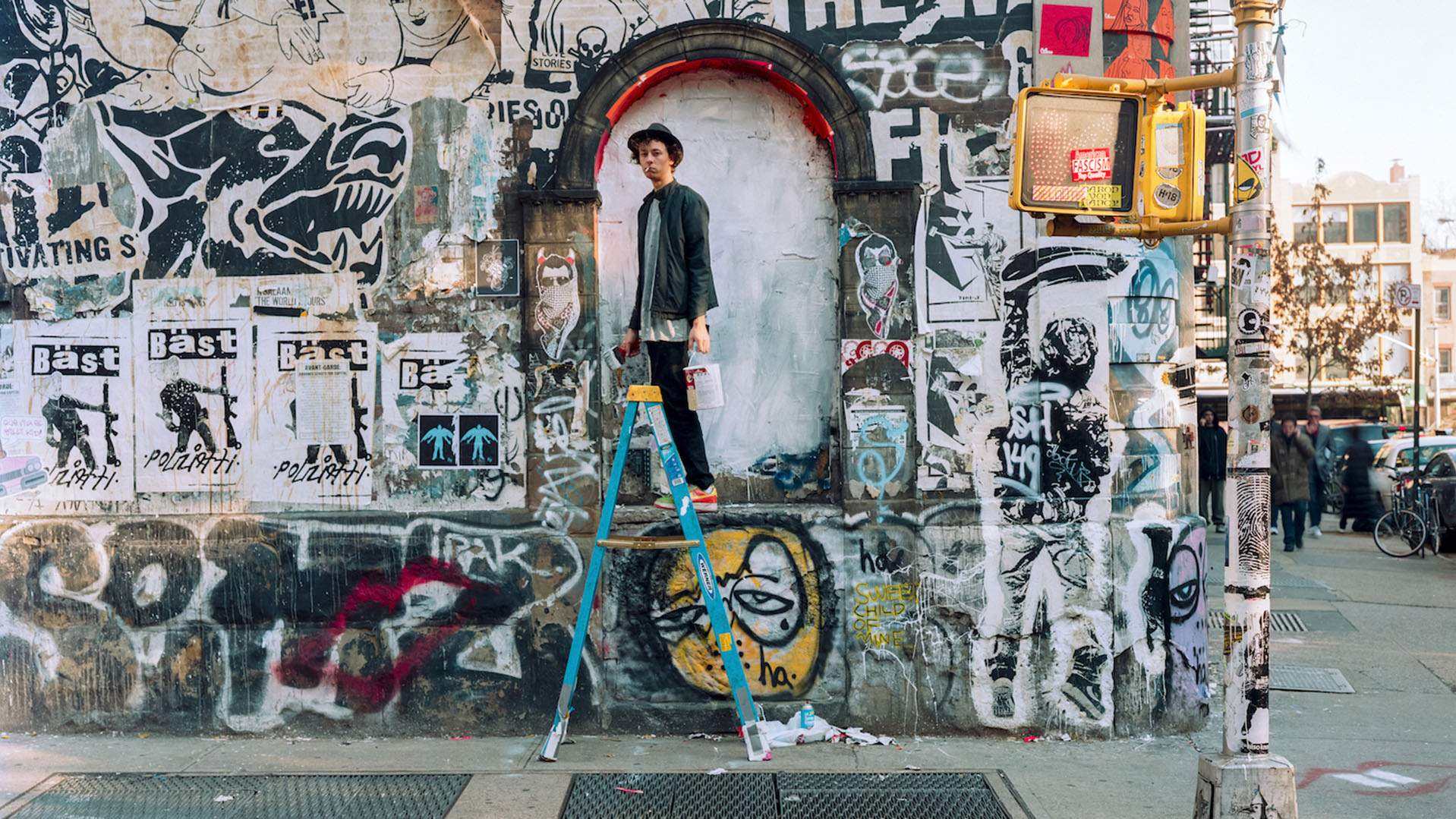Have You Seen the Listers?
An insightful and involving look at the career, impact and enigma of "Brissie's Banksy".
Overview
Brisbane's Banksy? A street art scourge? A dedicated artist struggling to keep things together? Anthony Lister has been called all three — by the art world, news headlines and even himself. Banksy actually said that the Brissie-born talent appears to piss great art in his sleep, which is quite considerable praise. Galleries, celebrities and brands around the globe have clamoured for his work, though Lister's isn't your usual rise-to-fame story. His first big break came when the Brisbane City Council paid him to paint more than 100 of the city's electrical boxes, only to turn around and prosecute him for vandalism over his other pieces. Then there's his personal life, including a marriage and three kids — commitments that prove increasingly difficult to juggle given his dedication to his jet-setting career.
From his sun-drenched childhood in '80s Brisbane suburbia, to life-changing teenage acid trips, to splattering colour all over the walls of his Sydney studio, Have You Seen the Listers? tells the artist's tale. It's a warts-and-all account that pulls absolutely zero punches, and a film that'd be nothing without Lister's deep, reflective candour. He doesn't just voice the documentary's narration, but he also provides much of its footage as well. While his art features prominently, it's accompanied by years of home videos chronicling Lister's everyday life. In fact, thanks to his obsession with filming his own actions, he gifted director Eddie Martin (All This Mayhem) with 12 terabytes of personal photos and recordings.
Accordingly, Have You Seen the Listers? combines the artist's archives with his current antics, weaving them into a compelling and fascinating portrait. Viewers see Lister hanging around with his mates, falling for his high-school sweetheart and turning his hobby into his job. And they keep watching as he jumps between countries, tussles with the law on graffiti and drug charges, and proves a loving but often-absent partner and father. Along the way, Lister shares memories, thoughts and regrets, the kind that can only come with pain, trouble and hindsight. With his family situation deteriorating before the audience's eyes, he grapples with his passions and priorities, in what becomes an exploration of chasing a dream, finding success and then coming down the other side.
As he did with the exceptional skating documentary All This Mayhem, Martin brings it all together in an insightful, involving and astute fashion. Collaborating with excellent first-time feature editor Johanna Scott, the filmmaker has cemented his status as one of Australia's best documentarians — not only thanks to the story he tells, or the fast and frenetic way it comes together, but also because of how authentic it all seems. Whether the film is throwing drug-addled montages at the screen, or capturing Lister with his kids, or just observing his feverish work, it feels like viewers are being given a direct line into the artist's mindset. There's an unmistakable air of reverence in Martin's approach, but what shines brightest is the movie's respect and empathy for the man at its centre — flaws, failings, frank admissions and all.
Enter: the film's title. It springs from one of Lister's pieces, created as part of a moving tribute exhibition for his family, as seen late in the doco. It's also a question with both obvious and not-so-obvious answers. Everyone that's walked along a city street in Brisbane, Sydney or Melbourne has spotted Lister's work. Thanks to his court cases, international acclaim and general appearances in the media, we've probably all glimpsed his face as well. But have we really seen his different sides, how they contribute to his art and how he's striving to balance everything in his life? Not in this manner. That's the power of Have You Seen the Listers? And like other movies that examine artistic figures, such as Cobain: Montage of Heck and fellow recent Aussie documentary Whitely, the film is at its best when it's unearthing its subject's multifaceted persona, impact and enigma.





